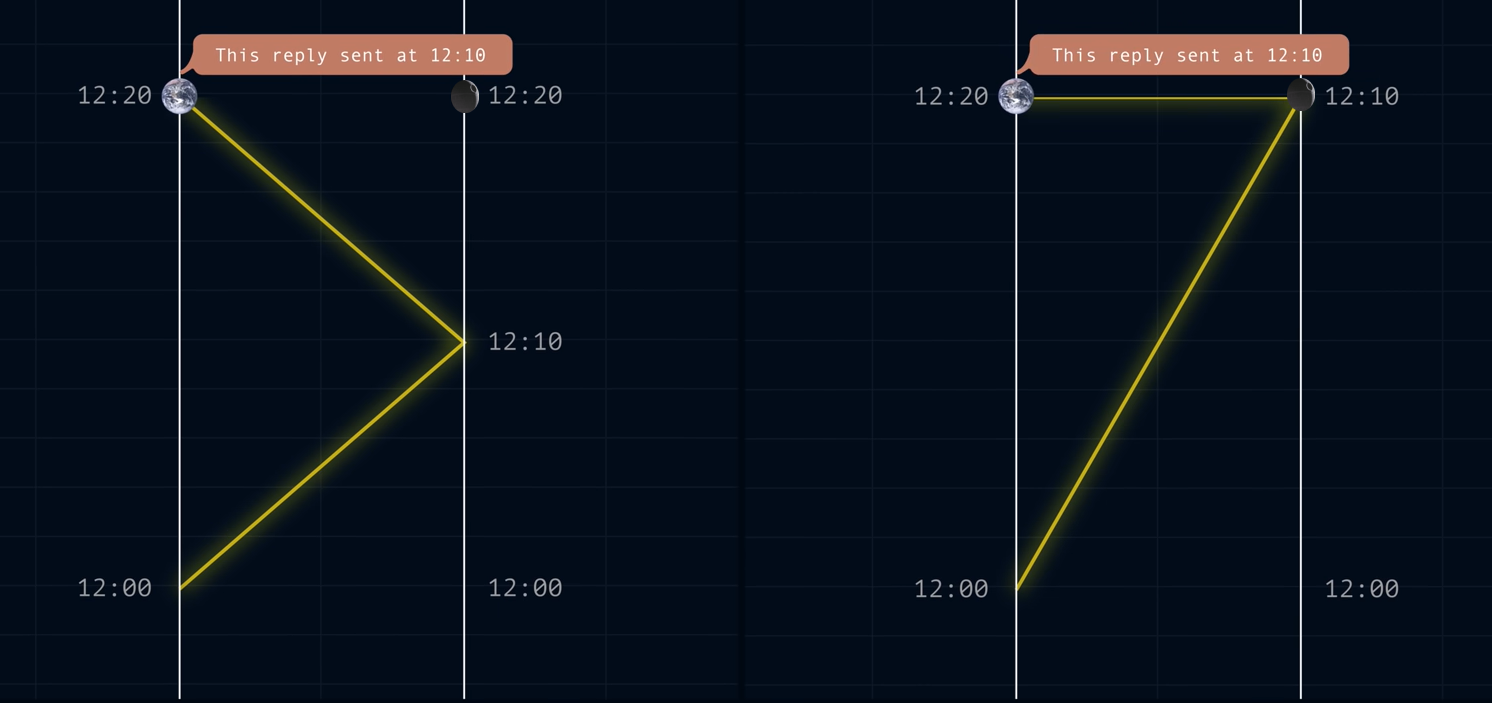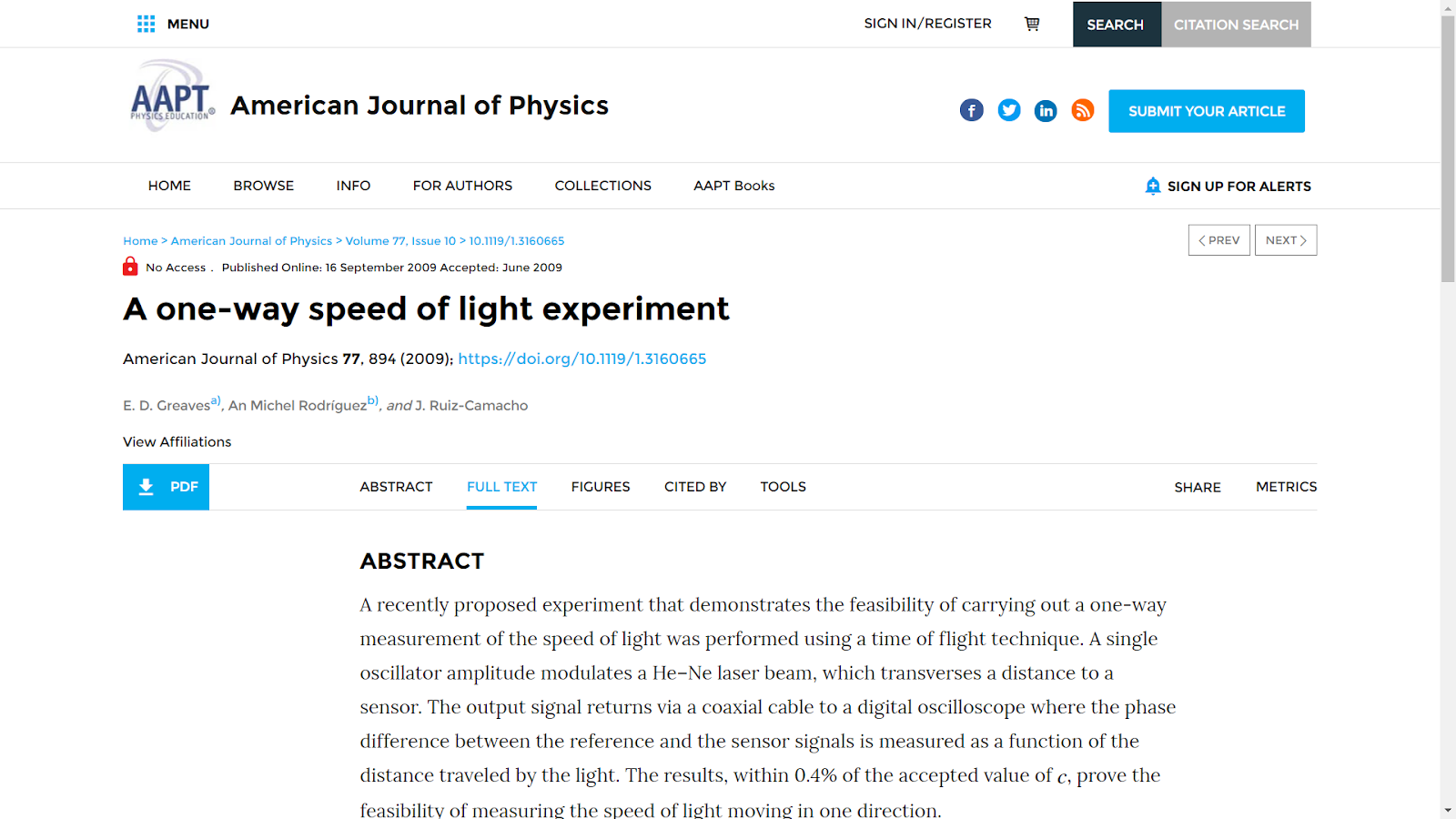Humanity has been exploring light as a physical phenomenon for over 2000 years. One might get the impression that this phenomenon has been thoroughly studied. But not everything is so simple. There are still no unambiguous answers to some questions.
How it all began
In general, when studying light, scientists have always had various difficulties. For ancient scientists, the problem was the definition of the very nature of light. Some of them explained the ability of a person to see with rays coming from the eyes. And the Roman writer Lucretius, on the contrary, was close to the truth. In his writings, he wrote that light and heat are composed of small moving particles, but, unfortunately, his ideas did not gain popularity. As a result, the point of view of the infinite speed of light, formed in antiquity, was the main one until the 17th century.
17 . , , , . , , , . , , . , , . , 17 , , . , , 220000 /.

17 , . , . — . . , , , . , . . . , ( ). ? , , . . c/2, . , . , .

(.. ). « » , , « » . , . . , , . , , , . « » , « ». , . : «… , , , ».

, ?
, , ? : NASA . , 20 . 12:00. c, 10 . 12:10 , 12:20. , c/2, . 12:00. 12:20, , c, 12:10 , . , , 12:10, 12:20. , -.

, , , . 2009 « » , . ,

. , . , , ? , , .